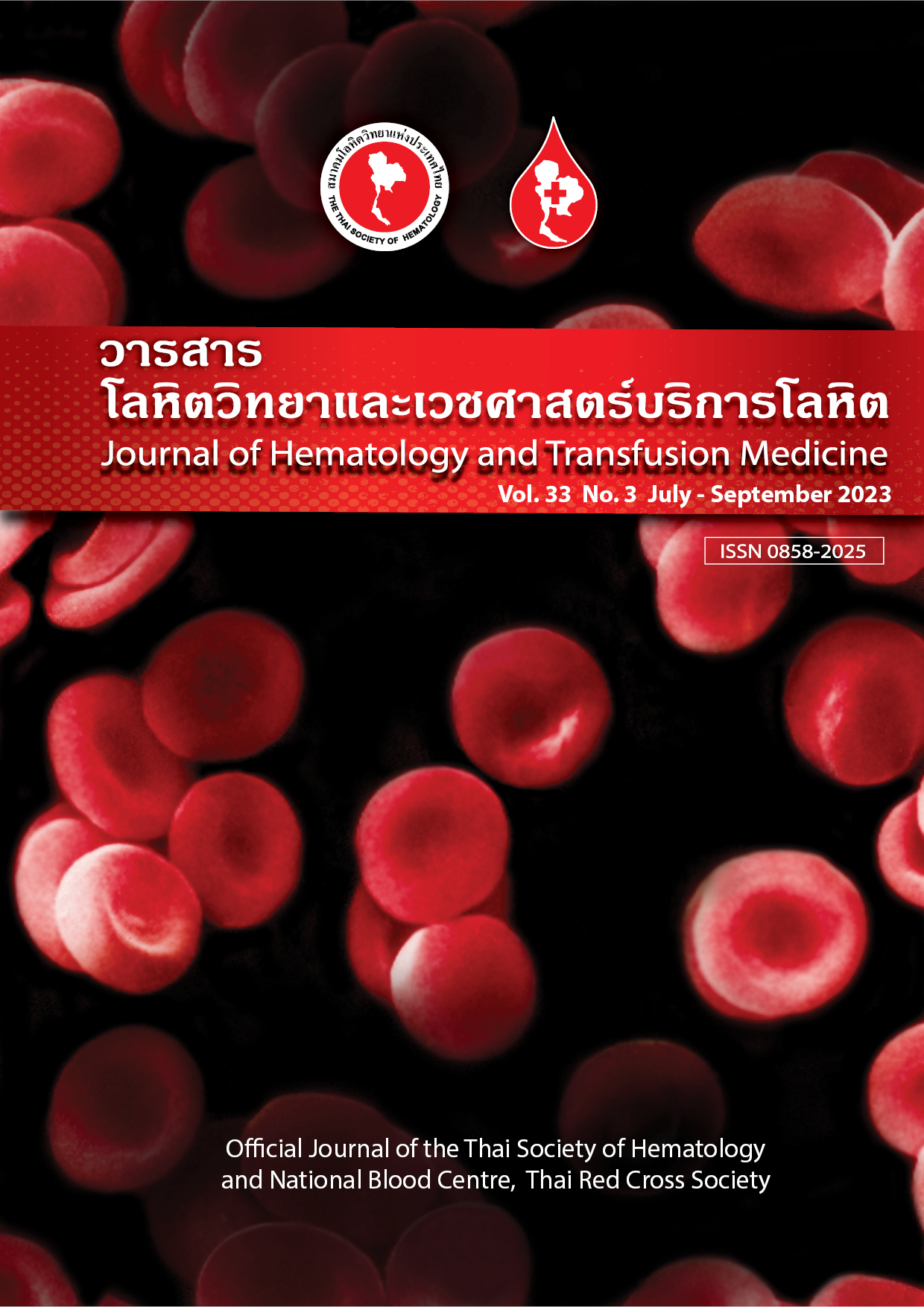The impact of next-generation sequencing on clinical histocompatibility testing
Keywords:
-Abstract
-
Downloads
References
Bravo-Egana V, Monos D. The impact of next-generation sequencing in immunogenetics: current status and future directions. Curr Opin Organ Transplant. 2017;22:400-6.
Shieh M, Chitnis N, Clark P, Johnson FB, Kamoun M, Monos D. Computational assessment of miRNA binding to low and high expression HLA-DPB1 allelic sequences. Hum Immunol. 2019;80:53-61.
Kulkarni S, Ramsuran V, Rucevic M, Singh S, Lied A, Kulkarni V, et al. Posttranscriptional regulation of HLA-A protein expression by alternative polyadenylation signals involving the RNA-binding protein syncrip. J Immunol. 2017;199:3892-9.
Pelikan RC, Kelly JA, Fu Y, Lareau CA, Tessneer KL, Wiley GB, et al. Enhancer histone-QTLs are enriched on autoimmune risk haplotypes and influence gene expression within chromatin networks. Nat Commun. 2018;9:2905. doi: 10.1038/s41467-018-05328-9.
Adams SD, Barracchini KC, Chen D, Robbins F, Wang L, Larsen P, et al. Ambiguous allele combinations in HLA Class I and Class II sequence-based typing: when precise nucleotide sequencing leads to imprecise allele identification. J Transl Med. 2004;2:30. doi: 10.1186/1479-5876-2-30.
Voorter CE, Mulkers E, Liebelt P, Sleyster E, van den Berg-Loonen EM. Reanalysis of sequence-based HLA-A, -B and -Cw typings: how ambiguous is today's SBT typing tomorrow. Tissue Antigens. 2007;70:383-9.
Weimer ET, Montgomery M, Petraroia R, Crawford J, Schmitz JL. Performance characteristics and validation of next-generation sequencing for human leucocyte antigen typing. J Mol Diagn. 2016;18:668-75.
Carapito R, Radosavljevic M, Bahram S. Next-generation sequencing of the HLA locus: methods and impacts on HLA typing, population genetics and disease association studies. Hum Immunol. 2016;77:1016-23.
Jain M, Tyson JR, Loose M, Ip CLC, Eccles DA, O'Grady J, et al. MinION analysis and reference consortium: phase 2 data release and analysis of R9.0 chemistry. F1000Res. 2017;6:760. doi: 10.12688/f1000research.11354.1.
Magi A, Giusti B, Tattini L. Characterization of MinION nanopore data for resequencing analyses. Brief Bioinform. 2017;18:940-53.
Gandhi MJ, Ferriola D, Huang Y, Duke JL, Monos D. Targeted next-generation sequencing for human leukocyte antigen typing in a clinical laboratory: metrics of relevance and considerations for its successful implementation. Arch Pathol Lab Med. 2017;141:806-12.
Weimer ET. Clinical validation of NGS technology for HLA: an early adopter's perspective. Hum Immunol. 2016;77:820-3.
Yin Y, Lan JH, Nguyen D, Valenzuela N, Takemura P, Bolon YT, et al. Application of high-throughput next-generation sequencing for HLA typing on buccal extracted DNA: results from over 10,000 donor recruitment samples. PLoS One. 2016;11:e0165810. doi: 10.1371/journal.pone.0165810.
Dunckley H. HLA typing by SSO and SSP methods. Methods Mol Biol. 2012;882:9-25.
Duke JL, Mosbruger TL, Ferriola D, Chitnis N, Hu T, Tairis N, et al. Resolving MiSeq-generated ambiguities in HLA-DPB1 typing by using the Oxford Nanopore Technology. J Mol Diagn. 2019;21:852-61.
Yin Y, Butler C, Zhang Q. Challenges in the application of NGS in the clinical laboratory. Hum Immunol. 2021;82:812-9.
Sauter J, Solloch UV, Giani AS, Hofmann JA, Schmidt AH. Simulation shows that HLA-matched stem cell donors can remain unidentified in donor searches. Sci Rep. 2016;6:21149. doi: 10.1038/srep21149.
Hart A, Smith JM, Skeans MA, Gustafson SK, Wilk AR, Robinson A, et al. OPTN/SRTR 2016 annual data report: kidney. Am J Transplant. 2018;18 (Suppl 1):18-113.
Opelz G, Wujciak T, Dohler B, Scherer S, Mytilineos J. HLA compatibility and organ transplant survival. Collaborative transplant study. Rev Immunogenet. 1999;1:334-42.
O'Connell PJ. Presidential address: 50 years of progress-more challenges ahead. Transplantation. 2016;100:2493-5.
Huang Y, Dinh A, Heron S, Gasiewski A, Kneib C, Mehler H, et al. Assessing the utilization of high-resolution 2-field HLA typing in solid organ transplantation. Am J Transplant. 2019;19:1955-63.
Meneghini M, Perona A, Crespo E, Bemelman F, Reinke P, Viklicky O, et al. On the clinical relevance of using complete high-resolution HLA typing for an accurate interpretation of posttransplant immune-mediated graft outcomes. Front Immunol. 2022;13:924825. doi: 10.3389/fimmu.2022.924825.
Smith AG, Pereira S, Jaramillo A, Stoll ST, Khan FM, Berka N, et al. Comparison of sequence-specific oligonucleotide probe vs next generation sequencing for HLA-A, B, C, DRB1, DRB3/B4/B5, DQA1, DQB1, DPA1, and DPB1 typing: Toward single-pass high-resolution HLA typing in support of solid organ and hematopoietic cell transplant programs. HLA. 2019;94:296-306.
Zavyalova D, Abraha J, Rao P, Morris GP. Incidence and impact of allele-specific anti-HLA antibodies and high-resolution HLA genotyping on assessing immunologic compatibility. Hum Immunol. 2021;82:147-54.
Charnaya O, Levy Erez D, Amaral S, Monos DS. Pediatric kidney transplantation-can we do better? The promise and limitations of epitope/eplet matching. Front Pediatr. 2022;10:893002. doi: 10.3389/fped.2022.893002.
Hiho SJ, Walton DC, Paraskeva MA, Levvey BJ, Diviney MB, Snell GI, et al. Determining clinical thresholds for donor HLA eplet compatibility to predict best outcomes following lung transplantation. Transplant Direct. 2022;8:e1364. doi: 10.1097/TXD.0000000000001364.
Larkins NG, Wong G, Taverniti A, Lim WH. Epitope matching in kidney transplantation: recent advances and current limitations. Curr Opin Organ Transplant. 2019;24:370-7.
Larkins NG, D'Orsogna L, Taverniti A, Sharma A, Chakera A, Chan D, et al. The accuracy of sequence-specific oligonucleotide and real-time polymerase chain reaction HLA typing in determining the presence of pre-transplant donor-specific anti-HLA antibodies and total eplet mismatches for deceased donor kidney transplantation. Front Immunol. 2022;13:844438. doi: 10.3389/fimmu.2022.844438.
Downloads
Published
Issue
Section
License
Copyright (c) 2023 Journal of Hematology and Transfusion Medicine

This work is licensed under a Creative Commons Attribution-NonCommercial-NoDerivatives 4.0 International License.



